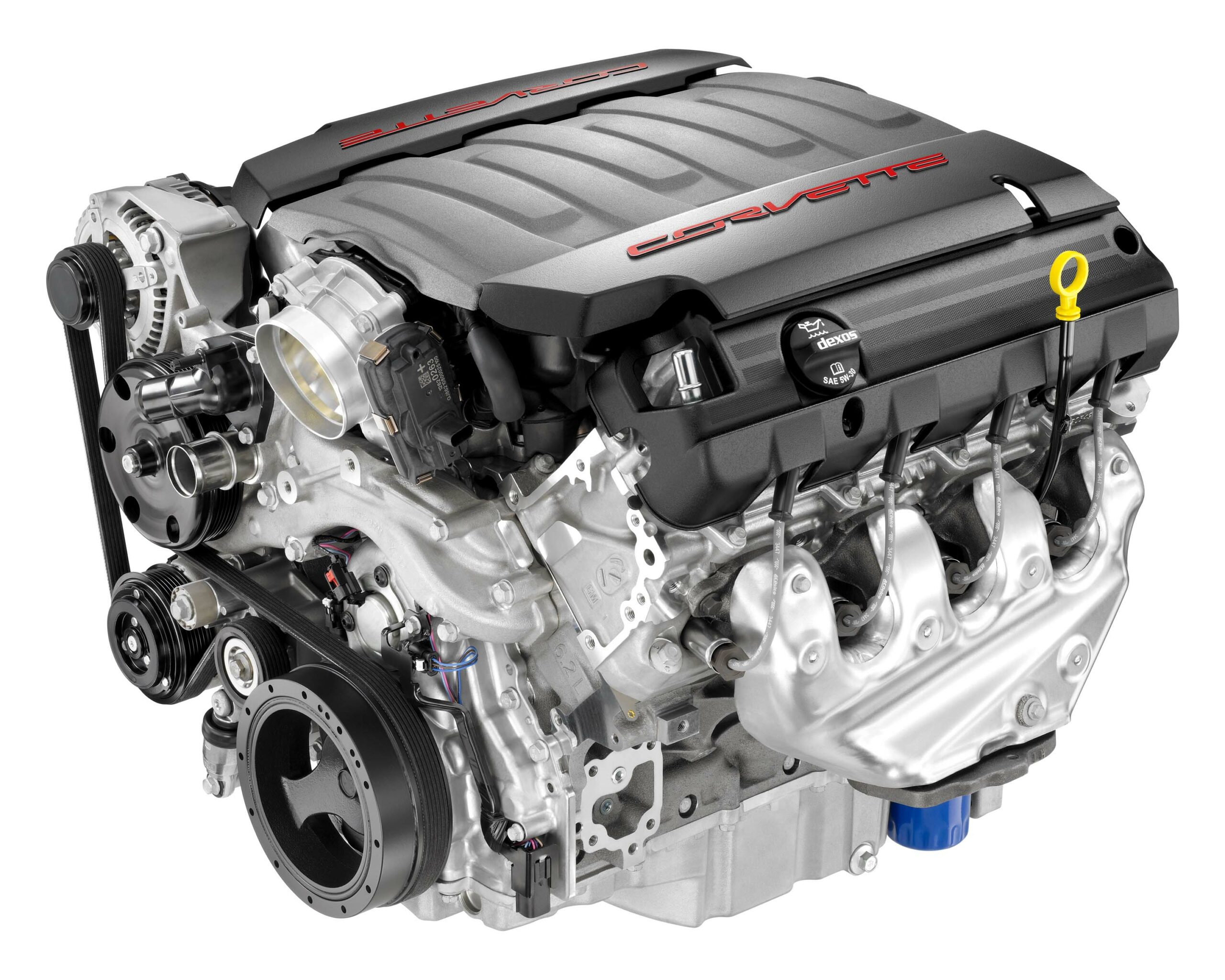The enigma surrounding automotive nomenclature often leaves enthusiasts and casual drivers alike pondering the cryptic alphabets and numerals adorning their vehicles. Among the most frequently queried is the “LT” designation gracing the engine bays of Chevrolet vehicles. What secrets does this seemingly simple abbreviation hold? What tale does it whisper of engineering prowess and historical significance?
Decoding “LT” requires a journey back to the hallowed halls of General Motors’ engineering departments. It isn’t some whimsical marketing term dreamt up in a boardroom. Instead, “LT” is a succinct abbreviation for “Light Truck”.
Initially, this designation signified an engine designed for use in light-duty trucks, where torque and durability were paramount. Think of it as the engine’s DNA explicitly programmed for hauling and enduring the rigors of utilitarian tasks. This genesis emphasizes the robust nature inherently associated with LT-series engines. From humble beginnings, it’s risen to prominence. It’s a story of adaptation and evolutionary refinement.
Over time, however, the application of “LT” expanded beyond its initial truck-centric focus. As automotive technology advanced, and engine designs became more versatile, Chevrolet began incorporating LT engines into a wider range of vehicles, including performance cars like the Corvette and Camaro. These vehicles retain the same essence of the original LT engines, but refined for modern applications.
The evolution represents a paradigm shift, a metamorphosis from workhorse to thoroughbred. The legacy of brute strength remained, but now it was coupled with enhanced performance capabilities. The engine was carefully honed, optimized for responsiveness and exhilarating acceleration. The LT engine had entered a new era.
Consider, for example, the LT1 engine. A name that echoes through automotive history. It first debuted in the 1992 Corvette. It represented a significant leap forward in small-block V8 technology. Featuring reverse-flow cooling and a host of other innovations. This engine became a touchstone. It defined performance for an entire generation. It’s a testament to the enduring legacy of the LT designation.
The modern LT engine family, encompassing the LT1, LT4, LT5, and others, continues this tradition of innovation. These engines feature direct injection, variable valve timing, and advanced combustion strategies. These technologies contribute to increased power output, improved fuel efficiency, and reduced emissions. They represent the zenith of Chevrolet’s engine development expertise.
Direct injection, a cornerstone of modern LT engines, precisely meters fuel directly into the combustion chamber. This contrasts with traditional port fuel injection, where fuel is sprayed into the intake manifold. The result is a more efficient and controlled combustion process. It maximizes power while minimizing waste. It’s a precise dance of fuel and air.
Variable valve timing allows the engine to optimize valve lift and duration based on engine speed and load. This technology enhances performance across the entire RPM range. It provides strong low-end torque and impressive high-end horsepower. It’s like giving the engine a variable lung capacity, able to breathe deeply at any speed.
Furthermore, the LT4 engine, found in high-performance models like the Corvette Z06 and Cadillac CTS-V, adds another layer of sophistication: supercharging. A supercharger is essentially an air compressor that forces more air into the engine. This leads to a dramatic increase in power output. It transforms an already potent engine into a fire-breathing monster. It’s a symphony of controlled explosions.
The “LT” designation, therefore, transcends its literal meaning. It represents a lineage of engineering excellence. A commitment to performance, durability, and innovation. It’s a badge of honor, signifying an engine built to withstand the rigors of daily use while providing exhilarating performance on demand. It’s an emblem of American automotive ingenuity.
When you encounter an “LT” badge on a Chevrolet vehicle, remember the story it tells. It is a story of trucks and thoroughbreds, of innovation and evolution. It’s a story of an engine family that has consistently pushed the boundaries of automotive performance. The “LT” designation is a small collection of letters, but it carries a weighty legacy.
The choice of “LT” as a moniker reflects a pragmatic and, arguably, understated approach. Unlike some manufacturers who opt for grandiose or evocative names, General Motors chose a functional descriptor. This speaks to a certain confidence in the inherent capabilities of the engine itself. The performance would speak for itself. The name was simply a signpost.
In essence, understanding what “LT” stands for is more than just knowing an abbreviation. It’s about appreciating the historical context and engineering philosophy behind it. It’s about recognizing the evolution of an engine family that has become synonymous with Chevrolet performance. It’s about understanding that sometimes, the simplest names hold the deepest meanings.
So, the next time you hear the rumble of an LT engine, remember its origins, its evolution, and its enduring legacy. It’s more than just a motor. It’s a piece of automotive history. It’s a testament to American engineering prowess. It’s the heart of a Chevrolet, beating strong and true.







Leave a Comment